30. Hana-bi (Takeshi Kitano, 1997)
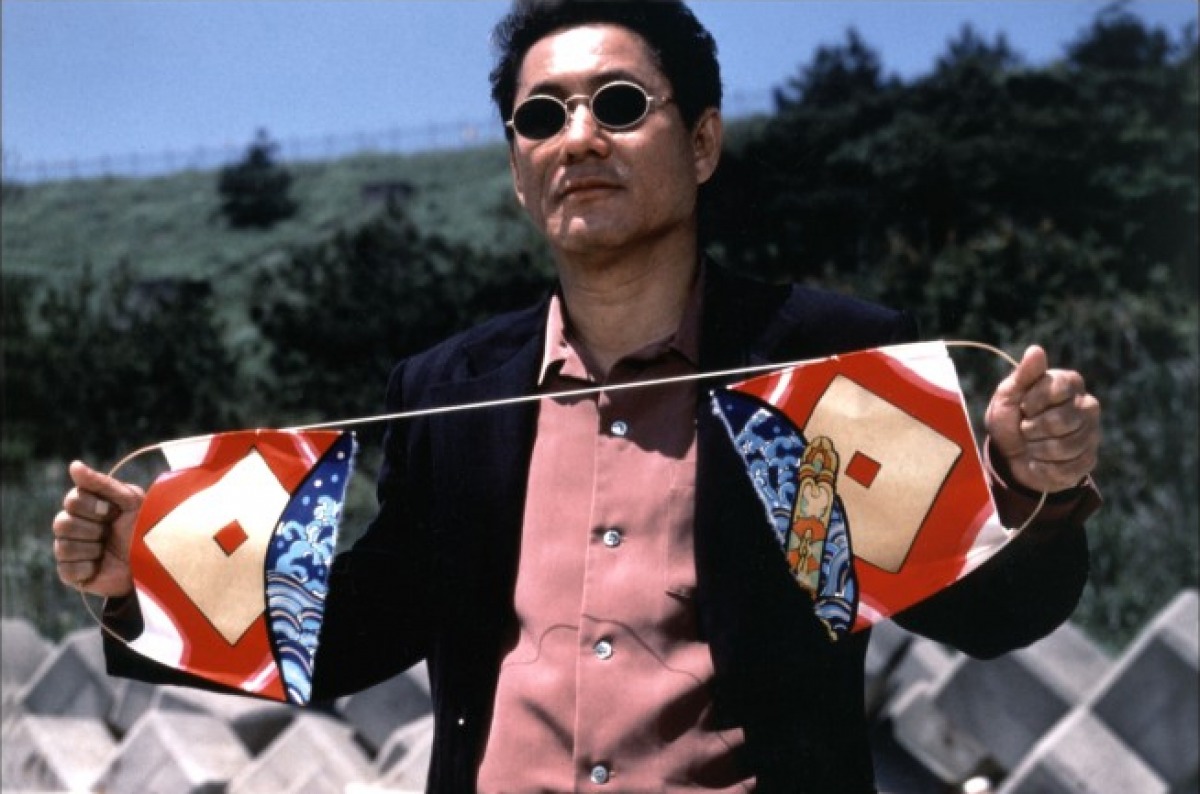
“Hana-bi” completely me caught me by surprise, combining a series of emotions completely from one another. Kitano produces, directs, edits and stars in this movie, like in most of his movies. Kitano became very quickly one of the most prominent and important filmmakers of his time, at least in Japan. “Hana-bi” can be considered a crime movie with a great deal of violence and graphic images, but also can be a very sincere and dramatic release, showing different sides of a character who is “rolling” into a depressive state. The movie isn’t presented to the audience in a straight line fashion; it skips moments and scenes from the movie, going back and forth in its action and plot.
This style of editing wasn’t very common, and still isn’t, giving it a completely different edge. Also, it does add an element of surprise, with some scenes still a mystery until the very end, when the audience understands the scene’s place in the movie sequence. Although very calm, Kitano’s character, Yoshitaka Nishi, a detective from Japan, falls into a depressive state due to the several wrongdoings in his life, both personal and professional. His relationship with his dying wife is actually the “sweet” element of this story, while almost everything else is quite violent and presents a different side to Nishi’s life.
In spite of being the good side of Nishi’s life, that same side also presents a very gruesome and sad side; his wife has a terminal illness and Nishi has to gain forces in order not to fall apart. Everything goes wrong in Nishi’s life, despite his very calm state. It seems that he is looking for an escape for him and his wife, and it seems that not only he conformed with his life but also he arranges a way for him and his wife to “escape” from everything.
29. Children of Hiroshima (Kaneto Shindô, 1952)
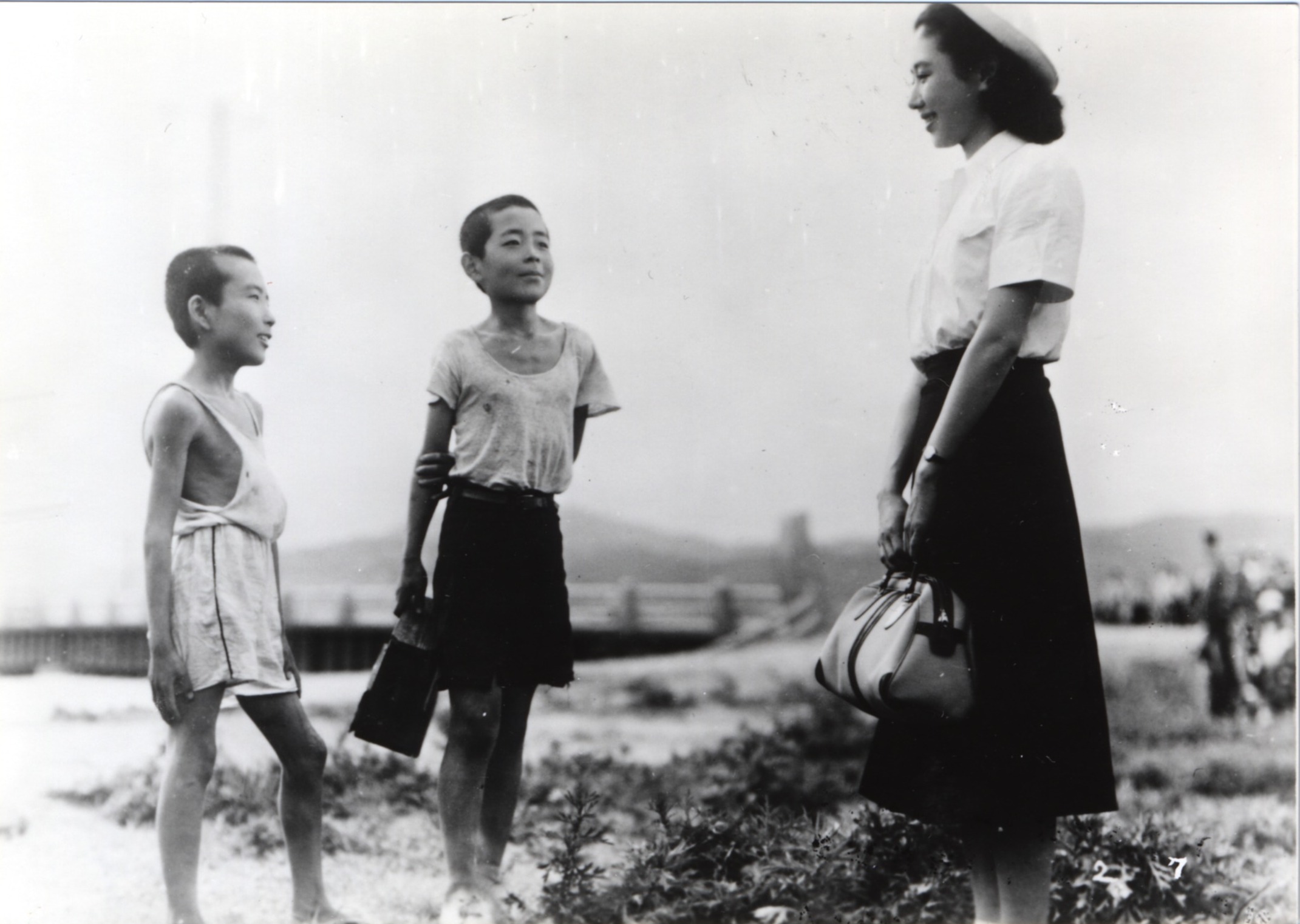
Unlike Kinoshita’s “Twenty-Four Eyes”, this movie faces the consequences of the war and its post-war aftermath. The fact that “Twenty-Four Eyes” presents a much larger time span, featuring the political consequences of right-wing Japan and its inclusion in the Second World War to the children, “Children of Hiroshima” focuses more on the aftermath and consequences for the lives of the children and their families after the A-bomb on Hiroshima. I wouldn’t like to include this movie in the same list as “Onibaba”, in terms of visual impact, due to the fact that this release shows the reality and the brutality of the A-bomb on Hiroshima.
It’s not fantasy, fiction or illusion… it’s reality. It’s a docu-drama, and although it has a scripted narrative it does have a very powerful sense of reality exhibiting reality and images taken from real events, while maintaining a certain plot that enriches the movie even more, completing and dramatizing the real events occurred seven years earlier.
28. Tokyo Sonata (Kiyoshi Kurosawa, 2008)
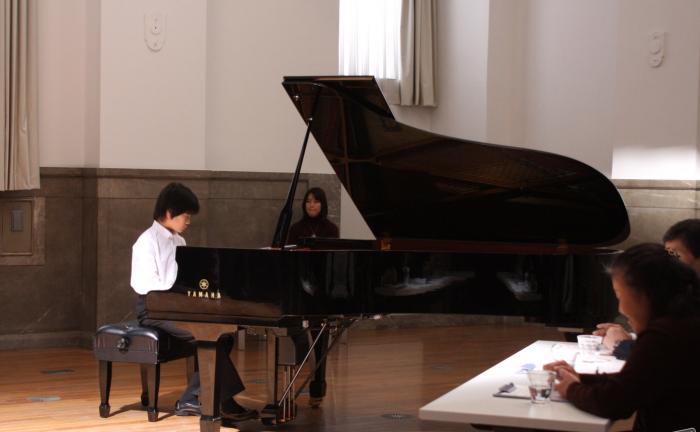
“Tokyo Sonata” completely blew away those who watched it for the first time, thus having an uncanny effect on the viewer, while being able to scare the viewer by its sincerity and emotion, but also transmitted some hope with a perfectly thought and devoted ending, which is symbolized by piano playing. It’s about a broken family and its four members who, during the movie, separate from each other thanks to the fates of life. Each member starts to live a life of their own, while questioning their own existence and reason to live.
All members have their life changed one way or the other, while maintaining an impressive degree of reasoning, care and emotional attachment with each other. Despite the separation of all the members, this tragic story excels in its humanity and devotion for one another, while scaring the viewer with unanswered questions about ourselves and our families. It may seem pathetic to say this, considering the position placed on this list, but “Tokyo Sonata” is a scary movie and one of the list’s finest dramatic stories with a daring plot that is able to create, in its viewer, a certain degree of anger and revolt, while transmitting hope and contentment.
27. High and Low (Akira Kurosawa, 1963)
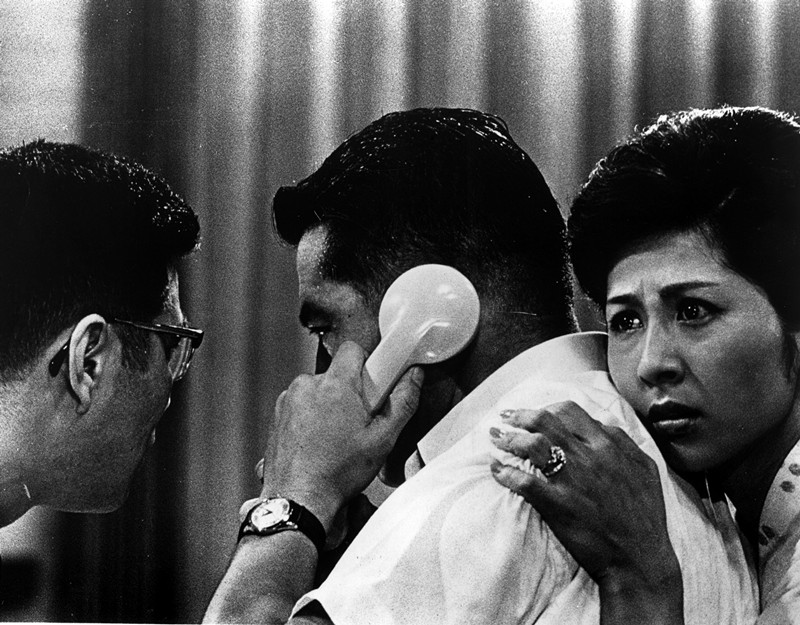
Before I talk about “High and Low”, I would like to explain why I placed an unusual movie from Kurosawa as one of Japan’s essential films. Of course, ?The Hidden Fortress”, “Ran”, “Yojimbo”, “Throne of Blood” or even “Sanjuro” could be placed here, but I wanted to change the style and genre of movie, considering there were two other Kurosawa movies in a three-movie per director limit. I had doubts regarding “Stray Dog”, “Dreams”, “The Bad Sleep Well” and this one. I chose “High and Low” due to its greatly written storyline which holds, still today, one of the best mystery/crime plots in history of cinema, as it explores the confines of human selfishness.
It isn’t supposed to be a philosophical or emotional movie per se, but it does carry its own symbolism and exploits a tiny bit of human selfishness. Also, it’s a very well designed storyline, mainly supported by the great performance by Toshiro Mifune, in one of his most demanding roles. Mifune plays the role of a shoe executive who holds one of the most important companies in industry.
When his kid and his chauffeur’s kid are playing in the backyard of his house, one of the kids is kidnapped. Without knowing it, the kidnappers kidnap the chauffeur’s son and not the intended executive’s son. What follows next is an intense manhunt with greed, selfishness and also human kindness playing along in one of Kurosawa’s greatest releases and Mifune’s greatest performances.
“High and Low” is an excellent crime movie with a very well designed plot, keeping the viewer’s anxiety in an all-time high. The suspense keeps the viewer very attentive and in doubt of whom is the real culprit or culprits. It’s a highly influential movie for the genre and certainly one of the best crime movies of all time.
Check: Several other Kurosawa movies not included here, The Hidden Fortress (1958), Ran (1985), Dreams (1993), Stray Dog (1949), The Bad Sleep Well (1960), The Throne of Blood (1957) and Yojimbo (1961).
26. The Ballad of Narayama (Shôhei Imamura, 1983)
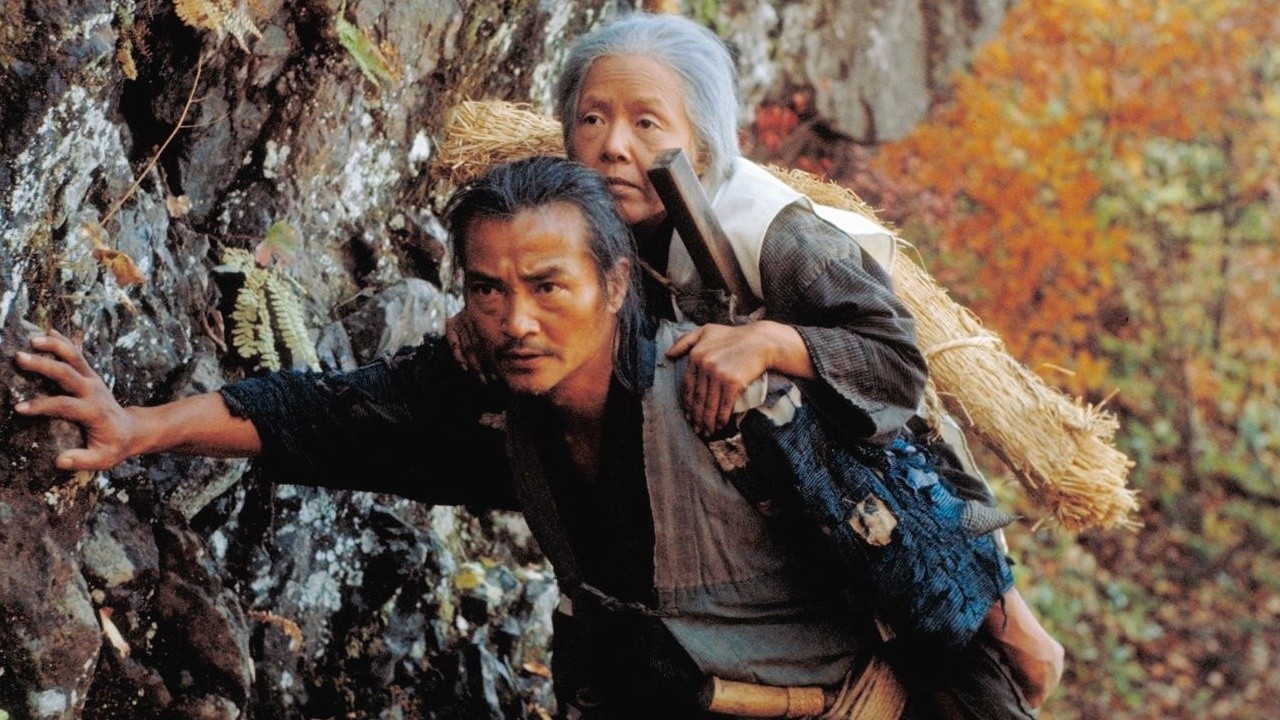
Imamura’s path to show the most intrinsic and sometimes gruesome and despicable details continues on this movie. Perhaps due to his roots as a documentarist, Imamura’s movies, mainly from 1980s onward, show a very cruel side, not only of his movies’ characters but also in the plot itself, creating sometimes a R-rated or even higher classification type of movie.
“Narayama bushikô”, or in English, “The Ballad of Narayama”, creates that same reality with a heavy setting and very strong and well-designed characters, with highlight to Ken Ogata’s and Sumiko Sakamoto’s performances. Imamura’s concern in this movie is to show a poor 19th century village in Japan and its inhabitants’ customs and lifestyle. The center of the story is Orin, a 69-year-old woman who is almost turning 70.
As it is custom, in this remote village, as soon as a person reaches the 70-year-old mark, he or she must climb the Narayama Mountain to die in starvation, a custom called Ubasute. She is taken by her own son, who will perform this at the request of his own mother, despite being in profound disagreement with that request. But before she climbs the mountain she has to arrange her own affairs, putting all the family’s affairs in order, as the matriarch that she is.
This version of the movie involves lots of sexual scenes and scenes of nature that may be considered as brutal and graphic. These scenes are an effort by Imamura to show the very poor conditions Japanese people lived in these remote villages of Japan. This movie is an adaptation of the 1958 movie, directed by Keisuke Kinoshita, which is based on the book, “Men of Tohoku”.
25. Goyôkin (Hideo Gosha, 1969)
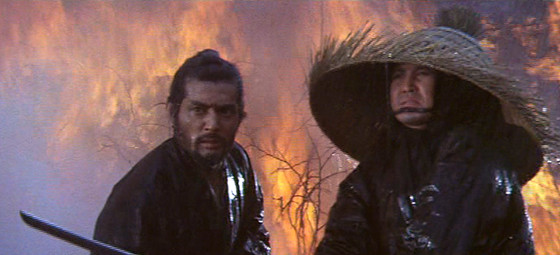
It’s by far Gosha best release, and despite being undervalued by most fans, “Goyôkin” excels, not only with the actors’ performances but also with an intriguing storyline spanning a three year difference. A samurai, Magobei Wakizaka, witnesses gold being stolen by the clan master’s men by their master’s order. Some local farmers witness this event. In order not to be reported to the shogunate, the clan masters order his men to kill the farmers. Wakizaka is shocked with the master’s orders but promises not to report it if the master doesn’t do it again. Three years pass but the event repeats itself again, but now the samurai will have his revenge.
In spite of not having an intended criticism, like most of the movies on this list, the movie surpasses most of them due to its fantastic and thrilling storyline, which keeps the audience for the hero and leaves them “breathless” until the end. It’s an underrated movie and also for that is placed on this list in such a high position.
Nakadai’s performance really makes the movie worthwhile, performing a character who is full of disgust for not only his master’s actions, but also a disturbance for his own actions. He interprets a very dark samurai, due to his own actions, and a very intense character with lots of desire to avenge the farmers’ lives and make some justice in a country with great instability and injustice.
24. The Taste of Tea (Katsuhito Ishii, 2004)
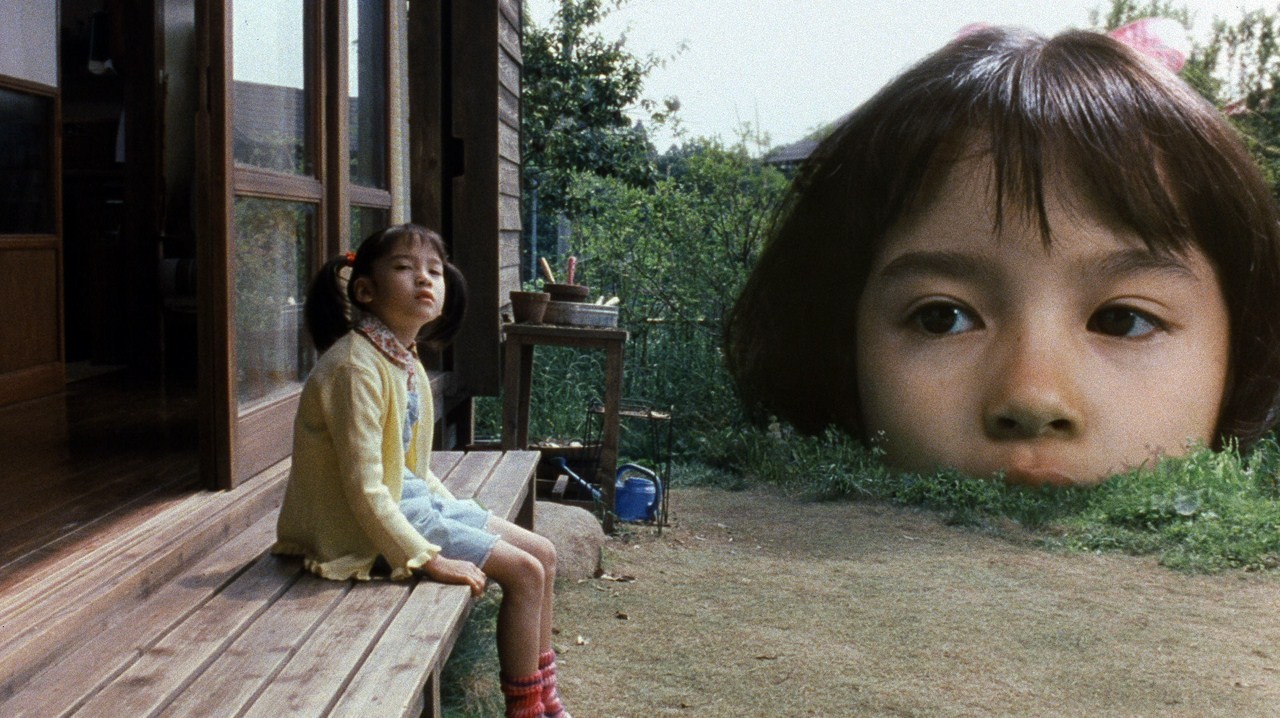
“The Taste of Tea” is a salad of genres: you see comedy, you see drama, you see fantasy… and a tiny bit of music in there. It’s a surreal adventure of the lives of two kids and their family, and can be a wonderful comedy as well as an inspiring drama-fantasy movie. It completely took me by surprise. This movie was one of those movies I wanted to watch for a long time but never had the opportunity, so I finally watched it to write this list. It’s a surprising movie with very funny moments and scenes, but always with the intention of preparing for the dramatic and nostalgic ending.
It tells the story of a very unusual family: the little girl, Sachiko, one of the main characters, who imagines a giant-sized version of herself and tries to get rid of that vision; her brother, Hajime, the other main character, who is not dealing well with his puberty; their grandpa, a completely crazy and quite eccentric family member, who seems to be completely off reality but ends up being the most attentive and genial of them all; the patriarch, who seems way too normal for the rest of the family and teaches his son to play Go; the mother, a bored housewife who spends her time drawing animated film projects; and their uncle, a record producer who goes to their home for a visit but ends up having a powerful impact on Sachiko’s plan to get rid of her vision.
It’s a surreal account of the hopes of a little girl and her family, while maintaining a serious approach of their impending situation and hopeful realization of each others’ hopes and dreams. It has its moments of comedy, while presenting a dramatic and emotional background, but it’s always fantastic, hopeful and inspirational.
23. When a Woman Ascends the Stairs (Mikio Naruse, 1960)
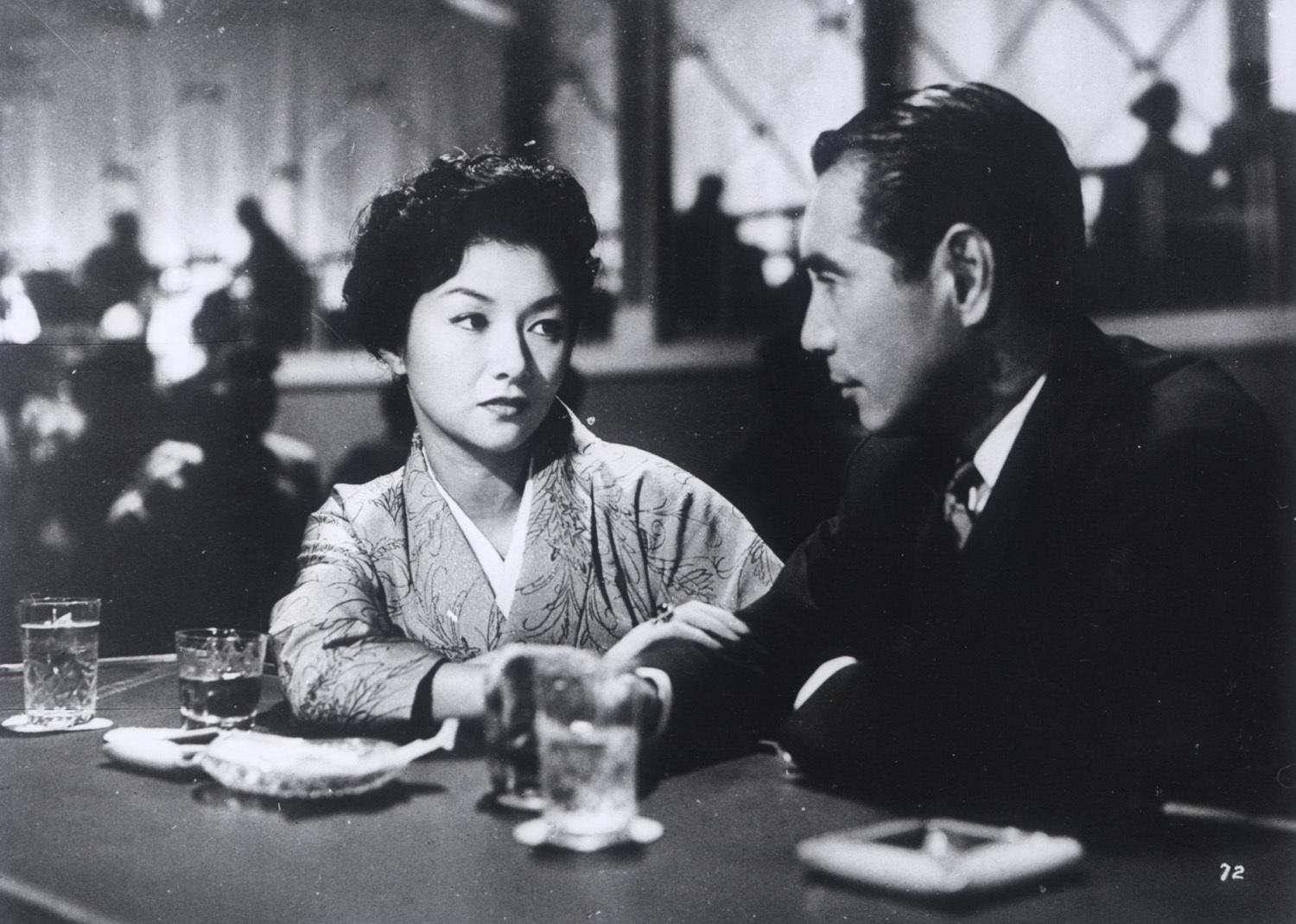
It’s my favorite movie from Naruse and although it presented a frequently used theme at the time by Japanese directors, the nightlife and the lives of the women as hostesses, this release presents a more dramatic in-view on the life of a single hostess, concentrating its concept on all of her frustrations and tribulations.
Also, it features the participation of an already important actor at the time, Tatsuya Nakadai, who surprisingly performs a secondary role but an important role nonetheless. I always considered Nakadai a bit underrated, not in terms of filmography, which is rich, but in terms of his international recognition. He could even stand “head-to-head” with the legendary Toshiro Mifune talent-wise, but ultimately Nakadai gets less attention from international critics.
The story is centered on Keiko, a young widowed hostess working in the Ginza nightclubs, who is struggling to survive in order not to live in poverty. Although she hates her job, she is one of the most requisitioned and is desired by several of her clients. She helps her family, her widowed mother and her wretched brother, who are often depicted as weak. I don’t actually see her brother as weak; I rather see him as unfortunate and unlucky, and due to his personal situation with a wife who left him and a son with polio, he sees no other option than to try reach for his sister’s help.
The movie is quite realistic, approaching the harsh reality of young intelligent women who had to become hostesses and work in nightclubs in order to survive and have some hope in their lives, in a post-war Japan which was only, at the time, starting to develop after the war’s tribulations. Thus, it solidified the movie’s importance in the Japanese industry as one of the finest and dramatic releases of the genre.
22. Floating Clouds (Mikio Naruse, 1955)
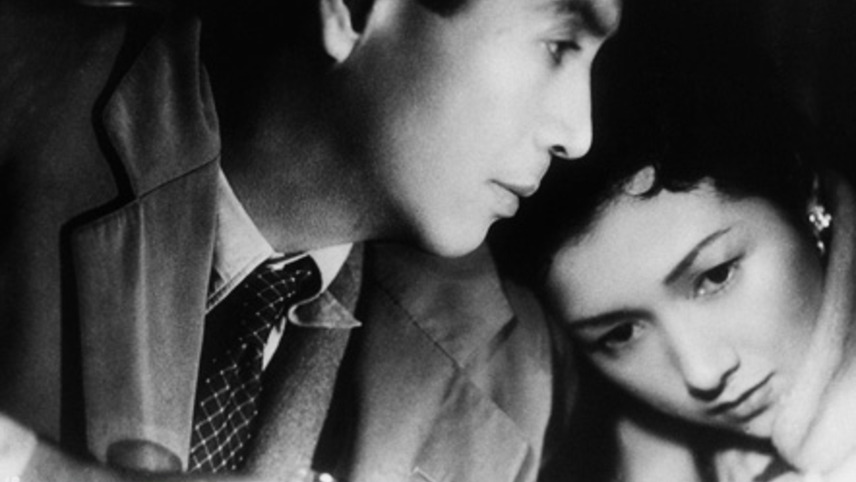
It has some similarities with the other movie by Naruse, both dealing with survival and the tragic consequences of war on people’s lives. More than a love story, “Floating Clouds” is a tragic love story that may symbolize the loss of meaning and position in a defeated society after the war. Yukiko meets a man during the war, when both were working in Indochina. Later, she discovers he is married and after the war they begin a type back-and-forth relationship that later has fatal consequences for Yukiko.
It not only shows a realistic approach of society and Japan, with the loss of meaning and a sense of wandering by the main character, but also tries to make a romantic impression on those who aren’t appreciated, with the inclusion of a phrase that may justify part of the movie, “Life of the flowers are short, so they should be appreciated as much as possible”; this is a very loose translation but the idea it’s this one.
It’s a classic and Naruse’s best release. It is often referred as one of the best depictions of post-war Japan and one of the very best tragic love stories in history, describing perfectly the frustrations and feelings of loss associated with a lost society.
21. A Fugitive from the Past (Tomu Uchida, 1965)
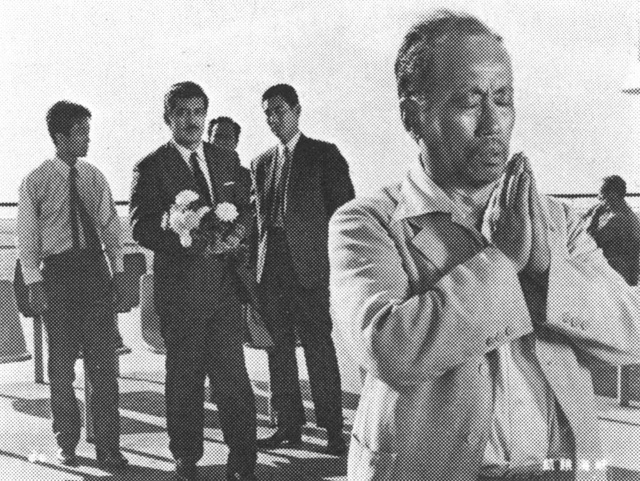
It’s another crime movie, or a detective movie as it is commonly referred. Although considered one of the all-time classics, it is sometimes forgotten and a bit underrated. It presents some novelties that became custom in crime movies such as this. I may say, “A Fugitive from the Past” became a pioneer in the genre. It features a 10-year time period, spanning its action around those 10 years.
A sick and perhaps demented man becomes a suspect in two murders and a crime of assault and robbery. His two colleagues appear dead floating in the sea but the crime is never solved. Only 10 years later with the death of an obsessed prostitute, it became possible to shed some light on the crimes perpetrated by this haunted man.
The flashback scenes that became so popular in crime movies, reconstituting what might have happened, were first used in this release. Also, it exploits the psychological deviances of an altered man with a sick state of mind, something clearly noticeable since its beginning. Another interesting point is the focus on the prostitute who winds up falling in love with the suspect, thinking of him for 10 years, leading to a tragic ending.